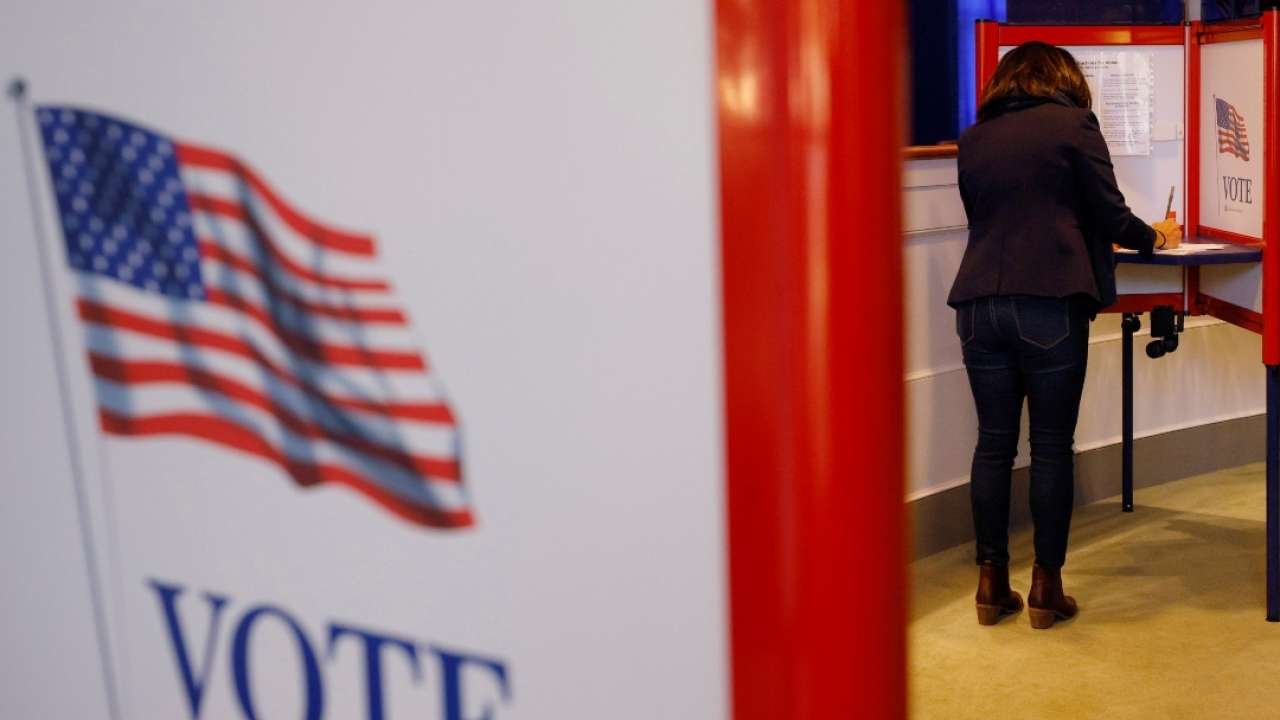As loyal readers, you well know your faithful columnist is an American transplant here in Ireland. You likely also know that as a former CNN White House correspondent, I can’t help but have one ear constantly turned toward Washington. And finally, you are also sure to know that the official date for the upcoming US presidential election is this Tuesday. Just two more sleeps from the Sunday you are reading this.
I use the words “official date” because at the time I am writing, early on a blustery Thursday morning, more than 75 million votes have already cast. That includes in-person early voting and absentee ballots, either being mailed or interestingly e-mailed, to respective states as I transmitted mine earlier this month to my home district in Hamilton County, Indiana. This was my first time to vote electronically, but there you go. My voice is being heard.
Speaking of voices being heard (segue alert), the voices of each of candidate from the two major parties have been heard in a wide variety of forms from TV to Twitter to debates to rallies – both in-person and drive-in – masked and unmasked.
So, here now, a special US Election edition of The Communicator. A red, white and blue package of do’s and don’ts of communications drawn from my observations of the speaking styles of Donald Trump and Joe Biden with real-life applications beyond political podiums.
-
Seek to understand your audience first
Countless times a client has come to me with a prepared speech, presentation or Powerpoint deck prepared by themselves or a third party full of information but devoid of personal, emotional appeal.
“Who is your audience?” I always ask. “Consider their hopes, dreams and fears first.”
You can easily argue about which emotions each candidate is targeting, and of course, I am firmly a proponent of positive, purposeful leadership communications, but it is clear that for each of them, audience considerations and correlated content decisions have been made.
Dry information alone will never motivate any audience to connect or take action.
Consider your audience’s agenda and adjust your presentation to suit. Tailor your content to affirm or reassure. Capture their imagination. Bring them with you in a heartfelt way.
-
Anticipate questions and prepare answers
During the two presidential debates, it wasn’t surprising that each candidate pivoted or deflected when asked a question they didn’t like. Their teams had anticipated the range of questions within the moderator’s announced topics and the potential allegations that could be lobbed from their opponent in advance.
I contend some of the pivots were unsatisfactory and needed more practice to land solidly. There was too much verbal stumbling on a few of the more obvious ones and that largely stemmed from being in the heat of the moment.
Even if you aren’t planning to run for political office, you may find yourself in a similar situation.
Failure to prepare is to prepare to fail. Work with a partner and write down expected questions and objections and craft short, positive responses.
-
Be clear, brief, and relevant
To ensure you successfully deliver your answers aloud, don’t craft laborious, multi-sentence answers on paper. If you or your PR team has written a topic talking track which is paragraphs long, I guarantee you won’t recall everything smoothly in the clutch. Try capping the content with a short headline. I encourage my clients to limit these lines to no more than eight-words if possible.
Bolt onto your response headline a short supporting story, or three snappy examples like products in a grocery list. Here’s how: “We need to create a culture of employee support (headline), because our teams are struggling with remote working Zoom fatigue, childcare and isolation issues (grocery list).”
This formula can help you construct simpler responses to remember and deliver with ease.
Once you have crafted your answers, you must do more than read them to yourself. Deliver each one out loud to strengthen your muscle memory and create new neural pathways. As with debate prep, try a role play in which someone acts as your interviewer peppering you with rapid-fire questions. This will allow you to see how quickly and easily you can move between responses in a relaxed and conversational style. This takes time and effort but remember, practice doesn’t make perfect, it makes permanent. Practice how you want to perform.
4) Don’t interrupt the other speaker
Finally, as many of us witnessed during the chaotic and incoherent first presidential debate, talking over the other speaker does not advance one’s position. You may have experienced this during live group webinars when participants forget to turn on their mute buttons. It can be uncomfortable and frustrating. Which is precisely why the second debate deployed the much-needed muting device.
Showing respect for other’s perspectives is a sign of strength, not weakness.
See you all next week, hopefully on the peaceful other side of the US vote. And, frankly, although we can’t control the outcome of this presidential election, we can certainly take more control over what comes out of our own mouths. So, here’s to a week of more purposeful communications toward others and yourself.
Write to Gina in care of SundayBusiness@independent.ie
With corporate clients in five continents, Gina London is a premier communications strategy, structure and delivery expert. She is also a media analyst, aCuthor, speaker and former CNN anchor. @TheGinaLondon




